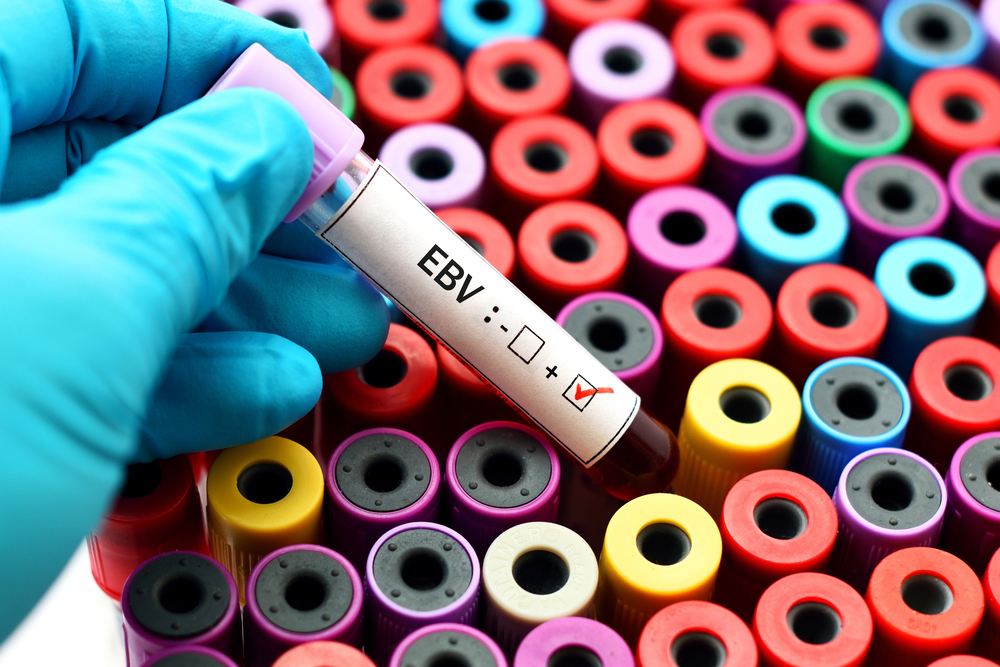Epstein-barr Virus (EBV) is part of the herpes virus family which is also known as human herpesvirus 4. It is one of the commonly known viruses that can easily affect humans. This virus can be found globally, and experts are sure that any person currently living will experience being infected with this virus at any point in their lives.
Usually, the common cause of infection from this kind of virus is due to one’s exposure to the bodily fluids of an infected individual (usually, it is via their saliva). And once this virus has infected a person, they can get other kinds of diseases. An example of an infectious illness caused by EBV is mononucleosis (also called mono) which spread commonly in teenagers, young adults and college students.


